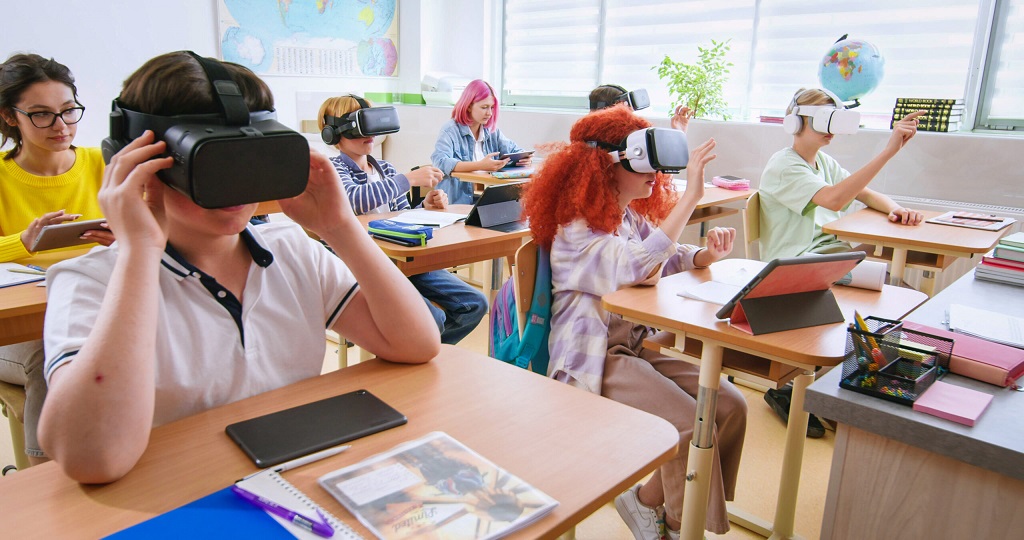In today’s fast-paced world, capturing and holding a student’s attention can feel like an uphill battle. Traditional lecture-style teaching, while valuable in certain contexts, often struggles to compete with the constant distractions of the digital age. This is where innovative teaching methods come in. By incorporating engaging activities and fostering a spirit of exploration, educators can transform classrooms into hubs of curiosity and active learning.
Why Curiosity and Engagement Matter
Curiosity is the driving force behind learning. When students are genuinely interested in a topic, they’re more likely to retain information, ask questions, and delve deeper into the subject matter. Engagement fuels this curiosity. Interactive activities that require students to participate, collaborate, and solve problems create a dynamic learning environment where students become active participants in their education.
Here are some innovative teaching methods that can spark curiosity and keep students engaged:
1. Project-Based Learning (PBL): PBL throws students headfirst into real-world scenarios. Instead of passively absorbing information, they work collaboratively on projects that require them to research, analyze, solve problems, and ultimately present their findings. PBL fosters critical thinking, teamwork, and communication skills, all while nurturing a deeper understanding of the subject matter.
2. Gamification: Let’s face it, games are fun! Gamification incorporates game-like elements such as points, badges, and leaderboards into the learning process. This playful approach can make learning more enjoyable and motivate students to strive for mastery. Educational apps, simulations, and even simple classroom games can all be used to gamify learning experiences.
3. Inquiry-Based Learning (IBL): IBL flips the script on traditional teacher-centered instruction. In an IBL classroom, students take center stage, posing questions, conducting research, and drawing their conclusions. Teachers act as facilitators, guiding students through the process of independent exploration and discovery. This fosters a sense of ownership over learning and encourages critical thinking skills.
4. Design Thinking: Design Thinking, a human-centered approach to problem-solving, is making its way into classrooms. Students learn to empathize with users, define problems, brainstorm solutions, prototype their ideas, and test them. This method encourages creativity, innovation, and critical thinking, equipping students with valuable skills applicable to any situation.
5. Technology Integration: Technology can be a powerful tool for enhancing learning. Interactive whiteboards, simulations, virtual reality experiences, and educational apps can all be used to create engaging and immersive learning experiences. However, it’s important to remember that technology is a tool, not a replacement for quality instruction and interaction.
Beyond Methods: Fostering a Culture of Curiosity
While innovative methods are important, creating a classroom culture that encourages curiosity is equally crucial. Here are some tips:
- Ask Open-Ended Questions: Move beyond questions with yes-or-no answers. Encourage students to think critically and elaborate on their ideas.
- Embrace Mistakes: Mistakes are learning opportunities. Create a safe space where students feel comfortable taking risks and asking for help.
- Connect Learning to Real-World Applications: Show students how what they’re learning applies to their lives and the world around them.
- Celebrate Curiosity: Encourage students to ask questions, express their ideas, and explore new interests.
- Differentiation is Key: Not all students learn in the same way. Cater your teaching methods to accommodate different learning styles and interests.

Benefits of Innovative Teaching
The benefits of innovative teaching methods go beyond just keeping students engaged. They can lead to:
- Improved Academic Performance: Engaged students are more likely to retain information and perform well on assessments.
- Development of Critical Thinking Skills: Students learn to analyze information, solve problems, and think creatively.
- Enhanced Collaboration and Communication Skills: Working on projects and participating in discussions hone these essential life skills.
- Increased Motivation and Self-Confidence: When students feel successful and in control of their learning, their motivation and self-confidence soar.
Related: How Many Days of Preschool Is Best?
Conclusion
Innovative teaching methods are not a magic bullet, but they are a powerful tool to spark curiosity, foster engagement, and empower students to become active participants in their education. By embracing these methods and creating a culture of exploration, educators can transform classrooms into vibrant learning spaces where students are excited to learn and grow. Remember, the most effective teaching methods are those that ignite a passion for learning, a passion that students carry with them long after they leave the classroom.



